Calculating True Costs of Ad Campaigns: MER vs ROAS
Managing your company’s marketing budget can create confusion. Getting to grips with terminology, such as the difference between Return On Ad Spend (ROAS) and Marketing Efficiency Ratio (MER) can help save misunderstandings when assessing value of campaigns and in forward planning and allocation of resources.
DEFINITIONS
Both budget metrics have their uses, so let’s explore what is involved with each, how your calculate them and why we think MER is a more insightful way to measure marketing campaign performance.
ROAS measures how much revenue is generated by each sales channel, advertising platform or campaign. This allows you to calculate the proportion of your overall budget is allocated to each for comparison against what level of profit each generates.
To calculate ROAS: Your ad spend is £10,000, resulting in £50,000 revenues.
Return on ad spend = £50,000 / £10,000, i.e. £5.00 for every pound invested.
ROAS is highly focused on direct sales arising from each paid media platform. It does not include direct sales, such as over the telephone, orders placed via email, or face to face, for instance. Nor does this metric include sales arising from your organic content.
For these reasons, then, it is not a true reflection of campaign sales, even when some of those other preferred ways to purchase, such as calling your sales team, may have been stimulated by a paid campaign. When sales are generated by your paid ads, but you are unable to track that connection, then you cannot truly calculate your cost per customer acquisition (CAC); it will be skewed to the upside. It is a common mistake to make.
MER calculates your total ad spend across all your sales channels, against revenue generated overall.
To calculate MER then: Marketing or Media Efficiency Ratio = Total Revenue / Total Paid Media Spend
So, let’s assume that following your campaigns, you generate £50,000 in sales, against your media spend of £10,000, MER is 5 or 20%.
This calculation allows for taking other factors into account in looking at spend versus sales returns, enabling a more holistic overview for campaign cost and result comparison. For instance broader company performance can be improved by campaigns, for instance, by stimulating innovation in new products, re-targeting of messaging, or reallocation of resources for more sustainable growth, such as allocating budget to one channel with a specific goal in mind, versus alternative goals for complementary channels.
Media spend is best evaluated in wider terms that take into account your overall business objectives and your longer term goals, rather making simple financial calculations based on immediate results arising from your campaigns.
This is a learning curve, taking time to accrue data that offers insights into different aspects of your operations and product or service offering. Eventually, you will be able to predict returns from each of your channels, based on data trends, including wider sales generated beyond click through from your paid ads. This also means you can realistically track, to optimise your media spend more efficiently.
The MER equation excludes what might be described as ‘vanity metrics’, such as follows, likes or shares. It calculates your media campaign success overall, including aspects such as PR efforts. That being said, you can also set your financial results against your wider business objectives, bringing factors such as product-market fit into your forward planning equation, where social engagement metrics broaden your insights to implement a holistic strategy.
CAC, cost per customer acquisition is calculated by taking the amount your company spends on acquiring new customers via marketing campaigns, divided by the number of customers a campaign acquires.
Calculating For Efficiency
Your purely financial analysis will be in terms of which campaigns deliver higher sales at lower costs than other options. In making these assessments, Return On Advertising Spend and Customer Acquisition Cost can be over-emphasised in assessing relative campaign value. Nor are paid channels static; costs associated with competition vary, meaning value changes over time, which makes comparison difficult. Algorithms change too; Facebook’s new data restrictions also mean that ROAS will become even more unclear.
We find MER a much easier way to figure out the overall impact of paid advertising, not least because your evaluations realistically look at media spend in relation to your brand’s wider performance. Thorough analysis assesses the difference between media efficiency versus business impacts.
Media effectiveness then looks at end results, while media efficiency reviews staff time and real cost involved. Your business KPI’s will include goals such as, brand growth and customer satisfaction. These too have value alongside e.g. CPA, a KPI denoting ad channel efficiency.
AdsRunner recommend clients adoption of MER as a more holistic system for measuring success and understanding how well your marketing investment is working, set against wider business priorities. Assessing your total revenue/total spend from all channel ads provides a more comprehensive way of assessing the impact of paid advertising on revenue, as opposed to channel-by channel profitability. A more high-level analysis offers insights into your overall marketing efforts and is refreshing change from getting bogged down in channel detail. While this too has its place, stepping back to take in the bigger picture of customer acquisition and brand growth helps keep a perspective.
Still confused or feeling overwhelm? Let’s walk you through your current marketing investments…
- Written by: Sam Nouri
- Posted on: March 25, 2023
- Tags: Digital Marketing


